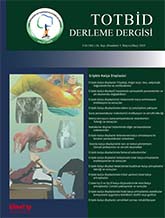
This review comprehensively examines the spinopelvic parameter changes, lower extremity morphological abnormalities, and leg length discrepancies observed in adult patients with developmental hip dysplasia. Hip dysplasia is a pathology that is characterized by a shallow acetabulum and, if left untreated, can lead to progressive deformities. Literature shows that this condition affects not only the hip joint but also the pelvis, spine, and lower extremity biomechanics. Key spinopelvic alterations include anterior pelvic tilt, reduced lumbar lordosis, increased thoracolumbar kyphosis, and asymmetric hemipelvises. Additionally, knee joint deformities such as valgus alignment, increased posterior tibial slope, and patellofemoral morphological changes are frequently reported. Particularly in severe cases like Crowe type III-IV dysplasia, the displacement of the femoral head from the anatomical acetabulum leads to significant leg length discrepancies. This discrepancy often results in postural imbalances, pelvic tilt, asymmetric load distribution, and compensatory spinal deformities. Gait analysis studies have shown that patients with hip dysplasia exhibit increased ankle dorsiflexion and knee flexion during the stance phase, accompanied by a delayed and reduced hip flexor moment. In conclusion, adult hip dysplasia is a complex and systemic pathology that extends beyond the hip joint to affect spinopelvic alignment, knee biomechanics, and lower extremity length.